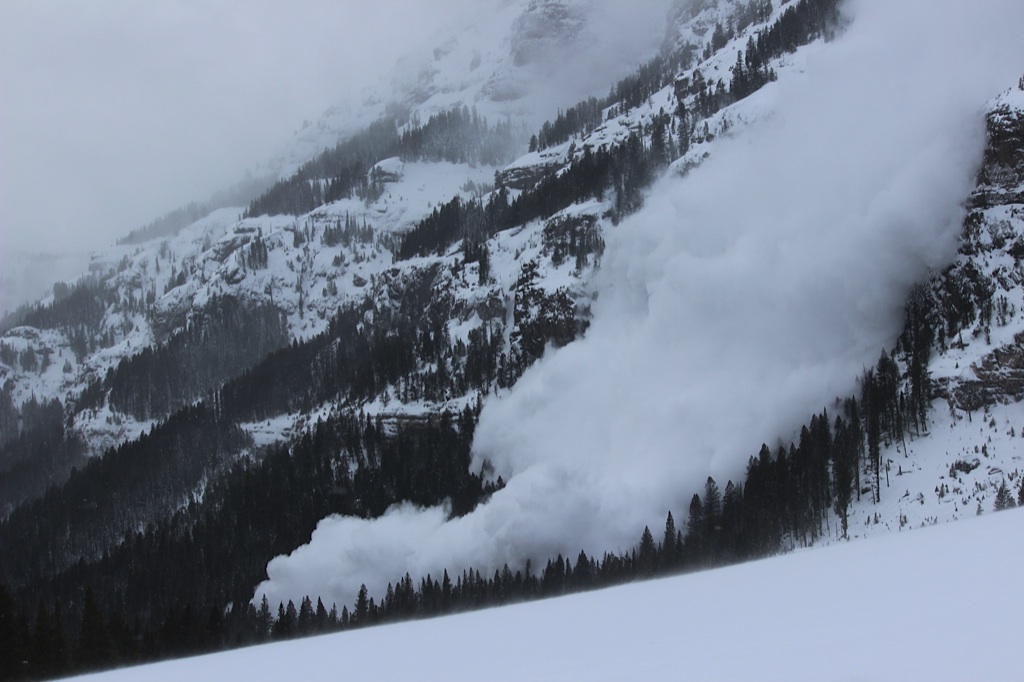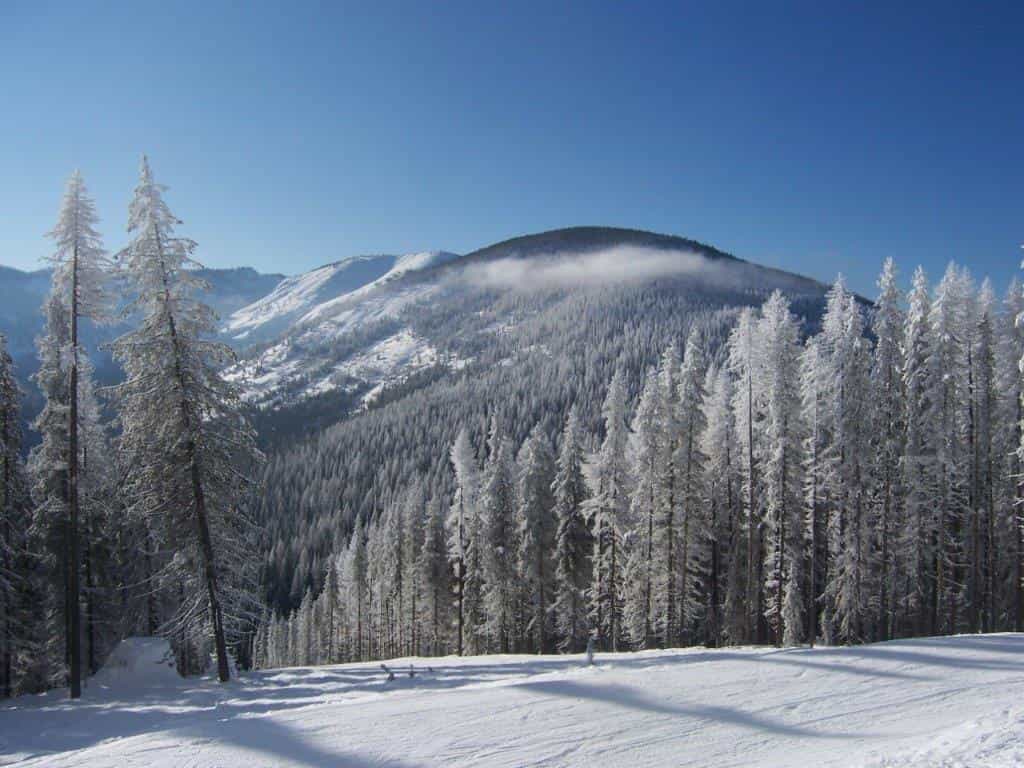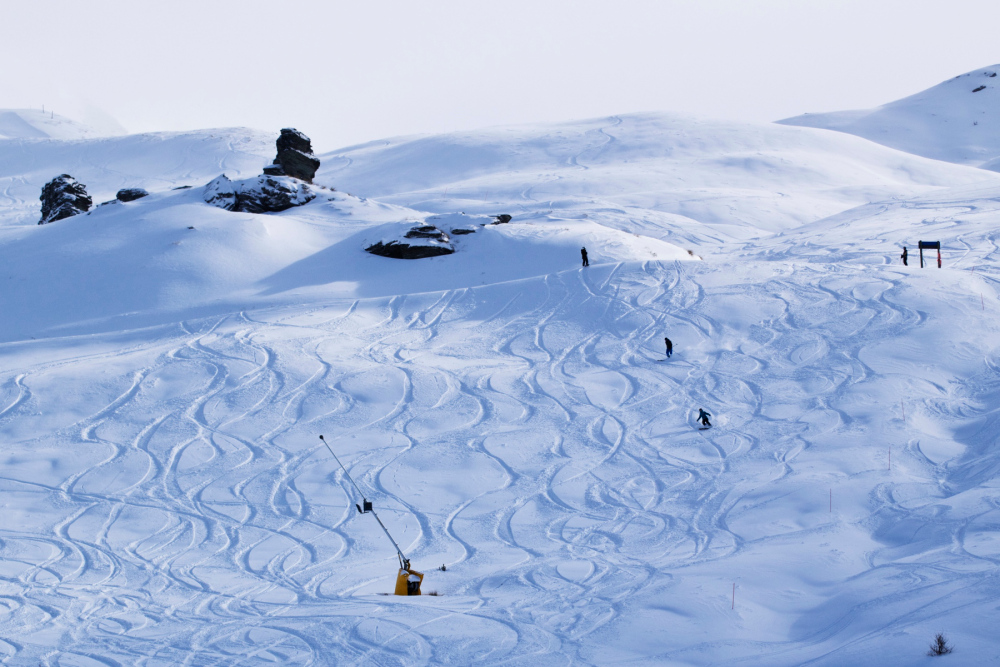
This season has been strange; the weather patterns (can they really be called patterns?) kept even the best weather shamans guessing. Long periods of clear dry weather throughout the West were punctuated by occasional storms, burying weak layers within the snowpack. These layers have been especially treacherous, it seems every week there is news of yet another avalanche fatality.
Has there been an actual increase in avalanche deaths this year? There have been 24 avalanche deaths in the United States and 13 in Canada (as of March 18, 2014, data compiled by CAIC and the Canadian Avalanche Center).
 U.S. fatalities by season, red line represents 5-year rolling average. source: CAIC
U.S. fatalities by season, red line represents 5-year rolling average. source: CAIC
Let us start with the United States. Over the past 10 years on average 28 people have died per season in avalanches in the United States. That number has risen over the years since detailed record keeping began in 1950. The increase from 1950 likely due to an increase in number of backcountry recreationists (skiers, snowshoers, snowmobilers, etc.). The number of seasonal fatalities has increased slightly in the past 15 years but still shows high seasonal variability. While not reported by the CAIC, the U.S. has experienced a 59% increase in the number of avalanche fatalities between 1997-2007 compared to 1984-1996. These periods of time account for a variety of snowpacks, so it can be inferred that the number of avalanche fatalities increased over this time

Just North of the Border, Canada has also experienced a steady rise in avalanche fatalities. Like the U.S., the number of Canadian fatalities also varies depending on the season. The Canadian Avalanche Center (CAC) breaks down their data further, and found a 44% increase in the number of fatal accidents in the 10 years from 1997-2007 than in the previous 10 years. This is worth mentioning because alongside that 44% increase in fatal accidents was an undocumented, but larger, increase in backcountry recreation. The CAC estimates that the total number of avalanche fatalities per back county trip has decreased with time even though the total number of fatalities is higher.
Because avalanche fatalities are directly related to snow stability, years with challenging avalanche problems have a greater number of fatalities.
“A common thread in all these winters [with higher number of fatalities]—1997, 1998, 2001 and 2003—southwestern Canada experienced challenging avalanche conditions with significant persistent and/or deep persistent avalanche problems.” – CAC
Gathering data on avalanche statistics is difficult. Gathering data on avalanche fatalities is fairly straightforward; usually a Search and Rescue or other form of aid is involved and nearly all fatalities are reported, then investigated. With the introduction of airbags the game changes. Unless someone is seriously injured a human-triggered avalanche is unlikely to be reported. This could lead to some ‘false drops’ in the number of avalanche incidents in the coming years, presumably until the number of backcountry recreatonists increases to a point where the number of incidents per backcountry trip tips the scale and the number of incidents rises again.
Avalanche accidents are compounded by the strong seasonal variability of snowpacks. One year may present a certain region with a relatively stable snowpack and the next a challenging and somewhat unpredictable snowpack. Take Washington state for example; Washington is known for having a relatively stable maritime snowpack that is referred to as ‘rapidly trending’. Storm comes in, avy danger increases, storm leaves, avy danger drops within several days. This type of trend is favored by consistent temperatures a relatively homogeneous snowpack. 2013/2014 started off fairly dry, forming a layer of surface hoar, which was buried by February snowfall, and reactivated by March precipitation.





Hi there, I’m sure you meant to finish this sentence with “higher” rather than lower.
“The CAC estimates that the total number of avalanche fatalities per back county trip has decreased with time even though the total number of fatalities is lower.”
Good synopsis. Thank you.
yes i did, good catch!